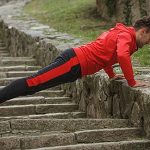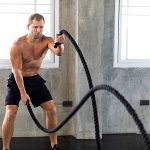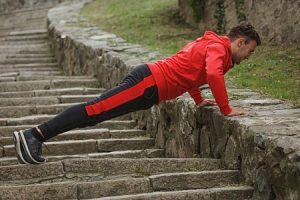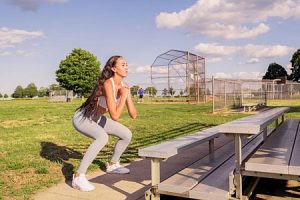In recent years, functional training has emerged as a central component in the athletic training programs of professional and amateur sports alike. This approach, which emphasizes exercises that mimic real-life movements, offers a wide array of benefits beyond traditional strength training.
What Is Functional Training?
Functional training involves movements that improve your daily activities or sport-specific tasks. Unlike isolated exercises like bicep curls, functional training includes compound movements such as lunges, squats, kettlebell swings, and medicine ball throws. These movements enhance coordination, balance, strength, and agility — crucial elements in any sport.
Why Athletes Are Switching to Functional Training
-
Enhanced Performance
Functional workouts focus on movement patterns rather than isolated muscles, leading to better neuromuscular coordination. For example, soccer players benefit from improved lateral movements, while basketball players see gains in vertical explosiveness and endurance. -
Injury Prevention
Many injuries in sports are caused by muscular imbalances and poor movement mechanics. Functional training addresses these issues by developing stability and mobility across multiple planes of motion, reducing the risk of common injuries such as ACL tears and shoulder dislocations. -
Core Strength Development
A strong core is essential for almost every athletic movement. Functional training incorporates the core in nearly every exercise, unlike conventional ab routines. This leads to greater transfer of strength to sports performance. -
Adaptability and Accessibility
Functional workouts can be tailored to any fitness level or sport. Whether you’re a marathon runner or a powerlifter, functional exercises can be adjusted to support your specific goals.
Key Functional Training Tools and Exercises
-
Kettlebells: Great for dynamic movements like swings and Turkish get-ups.
-
TRX Suspension Trainers: Excellent for bodyweight exercises that improve stability.
-
Medicine Balls: Perfect for explosive rotational exercises and throws.
-
Resistance Bands: Useful for mobility, warm-ups, and progressive resistance.
Integrating Functional Training Into a Sports Program
A well-rounded training week might include:
-
2 days of functional strength training (e.g., full-body circuits)
-
2 days of sport-specific drills
-
1 day of recovery and mobility work
Tracking performance metrics such as vertical jump height, sprint time, and functional movement screening (FMS) scores can provide valuable feedback on progress.
Final Thoughts
Functional training is more than a fitness trend—it’s a scientifically supported method that enhances athletic performance, reduces injury risk, and promotes long-term fitness. For sports coaches and athletes seeking a competitive edge, incorporating functional exercises is a smart and strategic move.




















